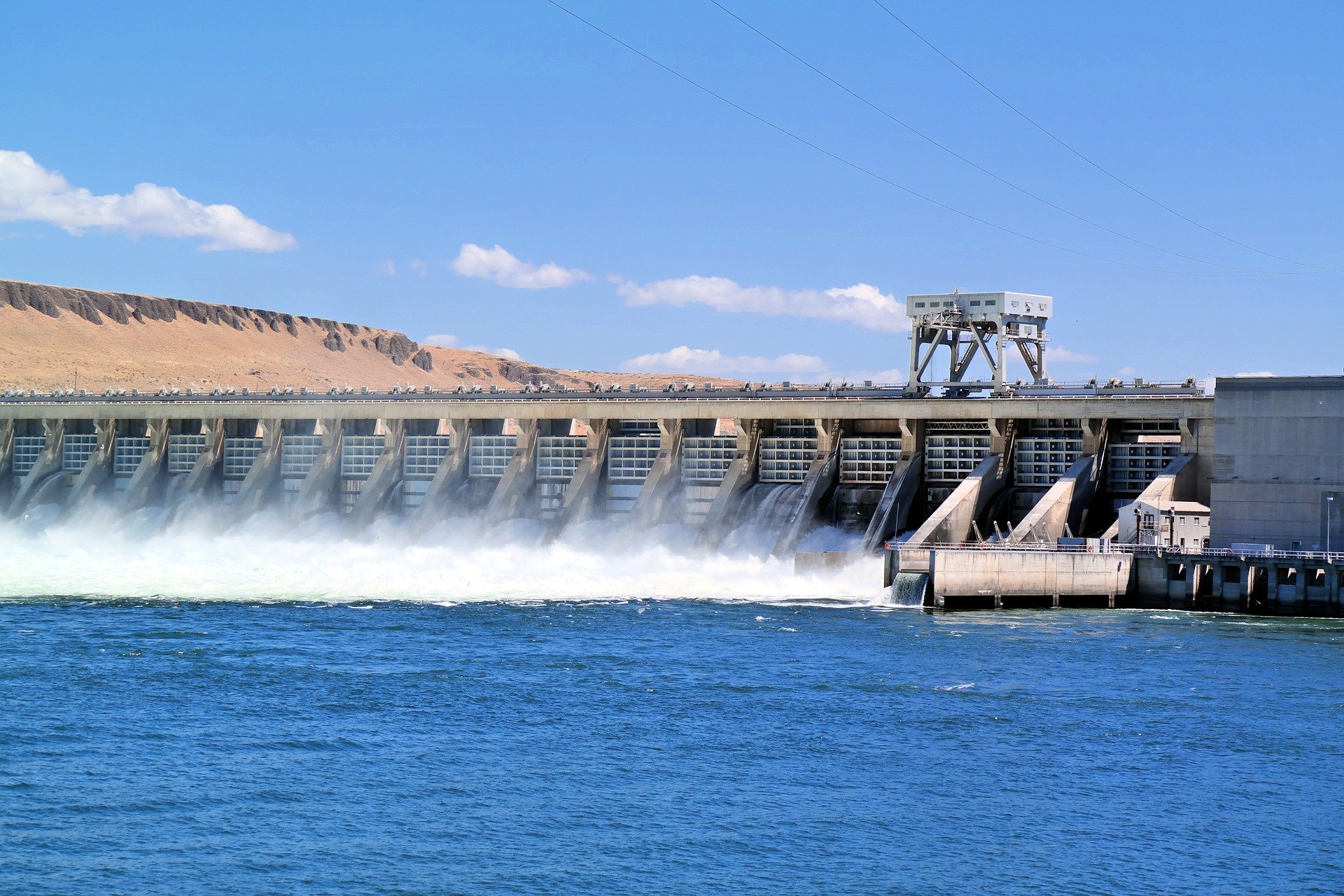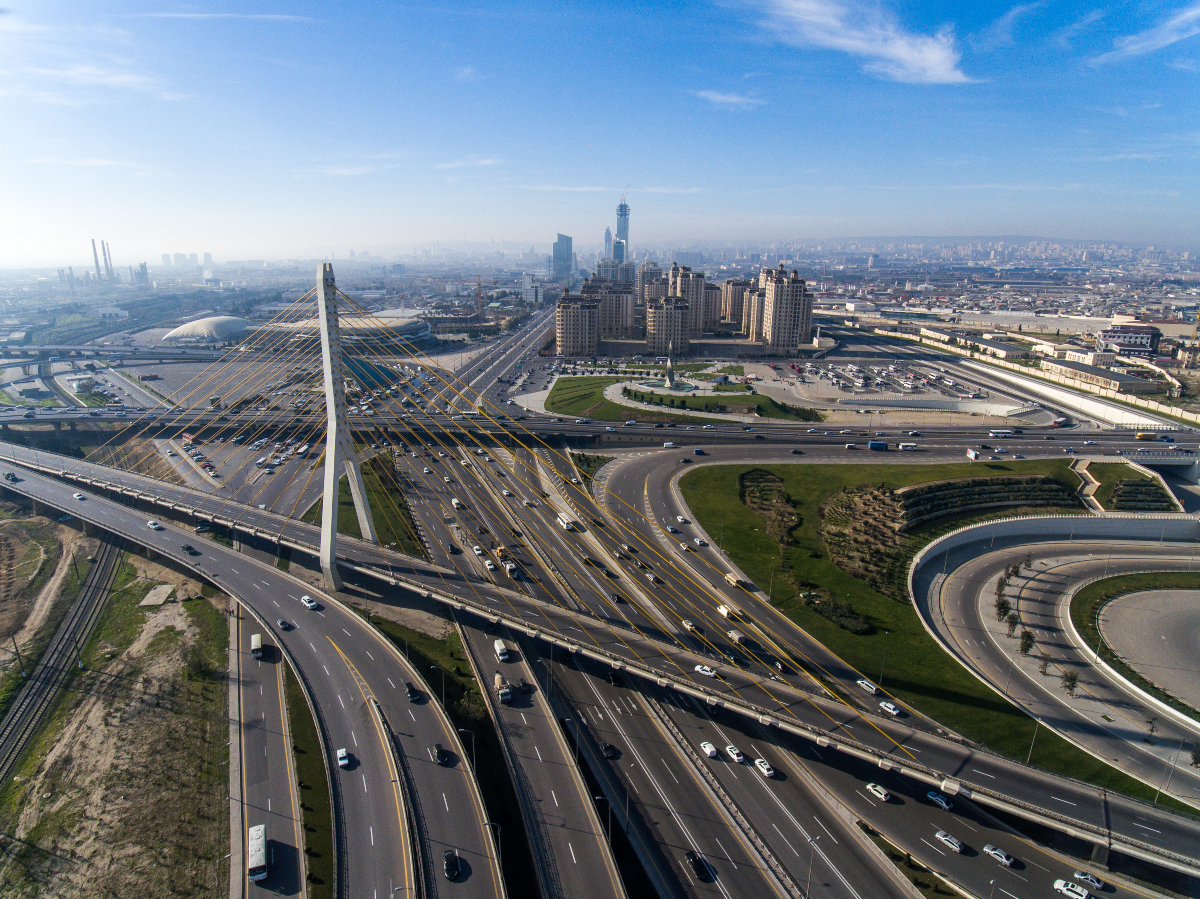
Standards Enabling Resilience of Road Infrastructure: Case of the TRL, Overseas Road Note (ORN) 5 and 31
When essential infrastructure systems are damaged, rippling effects spread through the communities and disrupt the systems’ ability to function. Transportation infrastructure system are fundamental to the socio-economic development of societies. Road networks, apart from ensuring that everyone can access opportunity and services, are crucial transportation lifelines during emergency situations due to their vital role in the restoration of all other lifelines.
Hydro-meteorological hazards including torrential rain, storm surges, floods namely flash floods, drought, heat waves and cold spells are already causing significant damages to road infrastructure worldwide. Detrimental consequences to roads include erosion of constituent materials, landslides, surface collapses and debris or mud flows. High temperatures on flexible pavements manifest in increased risk of asphalt cracking, rutting, flushing, and bleeding whereby irreversible deformations are caused by static and/or dynamic traffic loading. Damages caused by climate-induced disasters range from complete destruction of road sections to its obstruction for relatively long periods in terms of weeks/months.
Adapting infrastructure to climate change impacts is imperative. The design of road infrastructure reflects existing design standards adopted at the time of design/construction. Considering two popular standards for road infrastructure, developed by the Transport Research Laboratory (TRL) United Kingdom; the Overseas Road Note (ORN) 31 – A Guide to the Structural Design of Bitumen Surfaced Roads in Tropical and Sub-Tropical Countries and the ORN 5 - A Guide to Road Project Appraisal. These standards incorporate principles of resilience regarding road infrastructure to a certain extent as demonstrated through below-mentioned features:
- Geotechnical investigations to be an essential part of design process for providing information related to embankments and cutting slopes and drainage.
- Considering strength of the subgrade, the traffic loading and properties of the materials for structural design of road pavements.
- Importance of properly engineered drainage system for increasing durability and structural integrity of roads.
- Performance of bituminous surfacing materials in order to minimise climate-related vulnerabilities.
- Importance of subgrade moisture content during different seasons during the year for determining subgrade strength to be used for design purposes.
- Consideration of slope angle, materials, compaction, and construction of road embankment, etc.
- Drainage requirements of roads are one of the most important aspects of the facility design for protecting the road from surface water and/or ground water.
- Guidance on engineering requirements of unbound materials for use as road base, sub-base, capping, and selected subgrade layers.
- Guidance on mix-design and use of cement and lime-stabilised materials in road base, sub-base, capping and selected fill layers enabling numerous engineering advantages.
- Use of different types of bituminous materials and mixes in flexible pavement design, putting emphasis on the engineering specifications of constituent materials.
- Different surface treatments for flexible pavements which are crucial for safeguarding the structural integrity of the pavement as a whole.
However, the above-mentioned standards may not be adequately responsive to climate-related weather extremes and may require revision. Increasing resilience of road networks to hydro-meteorological hazards would concurrently scale up the achievements of 8 of the 17 Sustainable Development Goals (SDGs) and 5 of the 7 Sendai Framework for Disaster Risk Reduction (SFDRR) targets.
By Dr Roodheer Beeharry, Senior Lecturer at the Université des Mascareignes, Mauritius.
The views and opinions expressed in this blog are those of the author and do not necessarily reflect those of the Coalition for Disaster Resilient Infrastructure (CDRI).


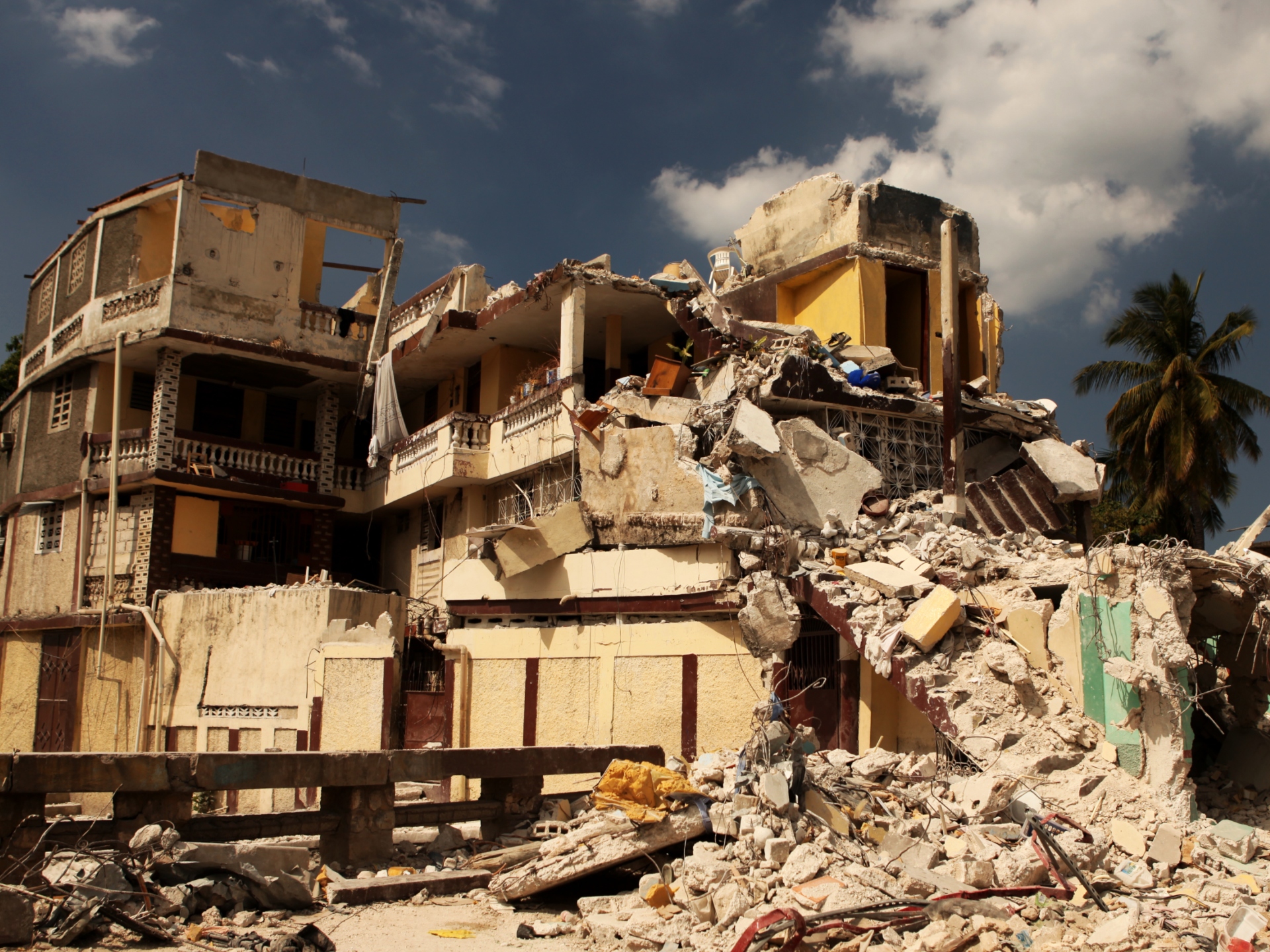
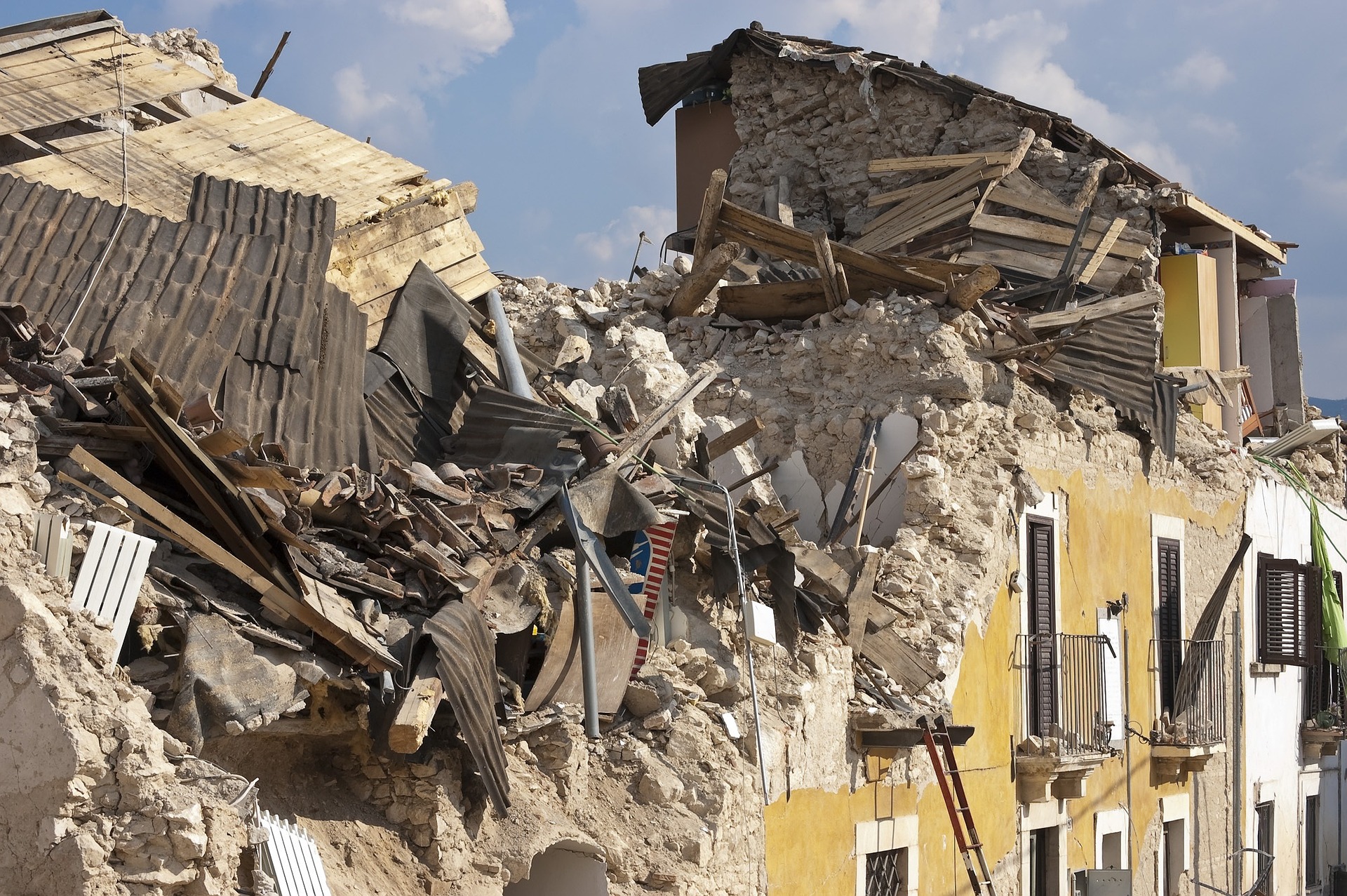
.jpg)
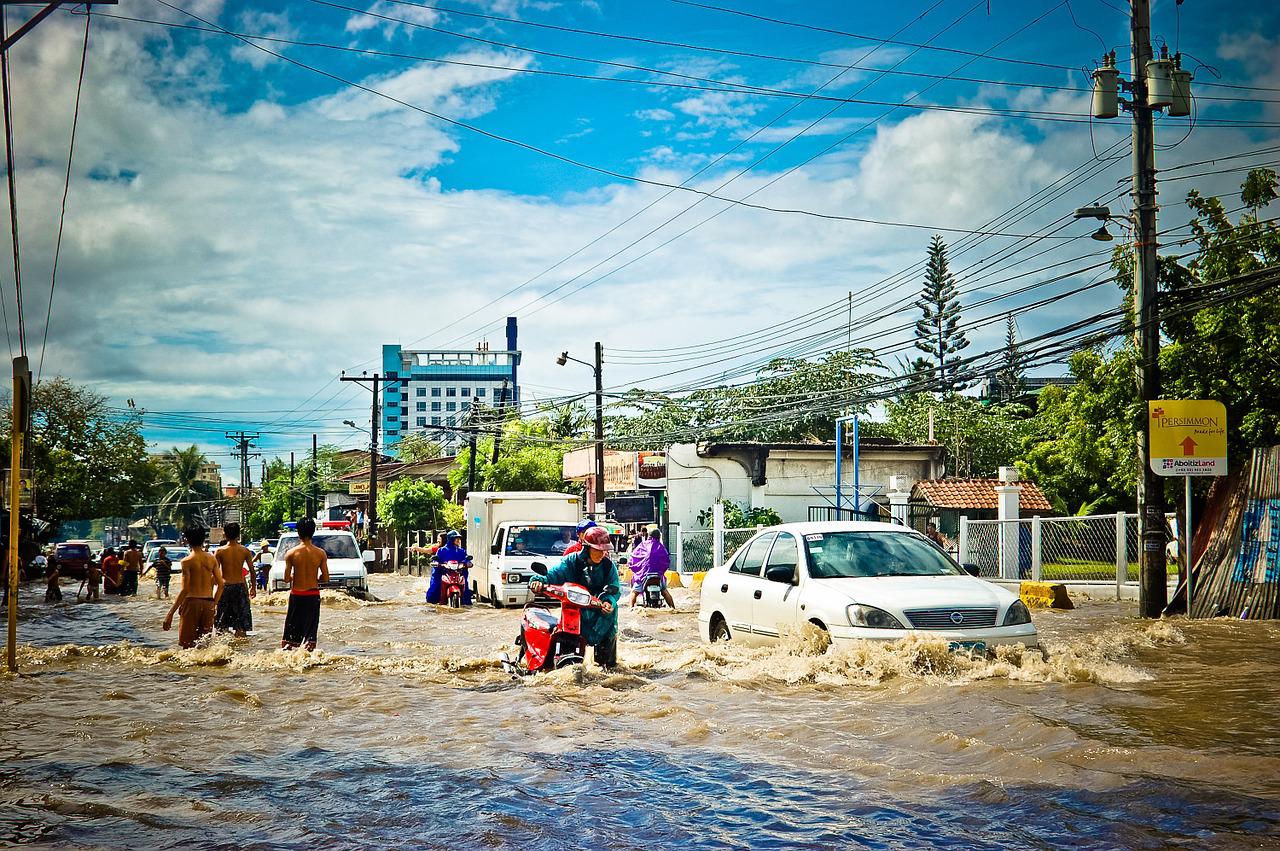
.jpg)
